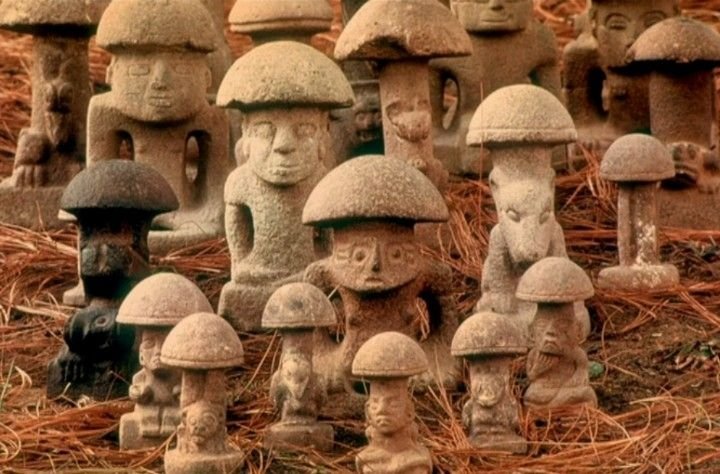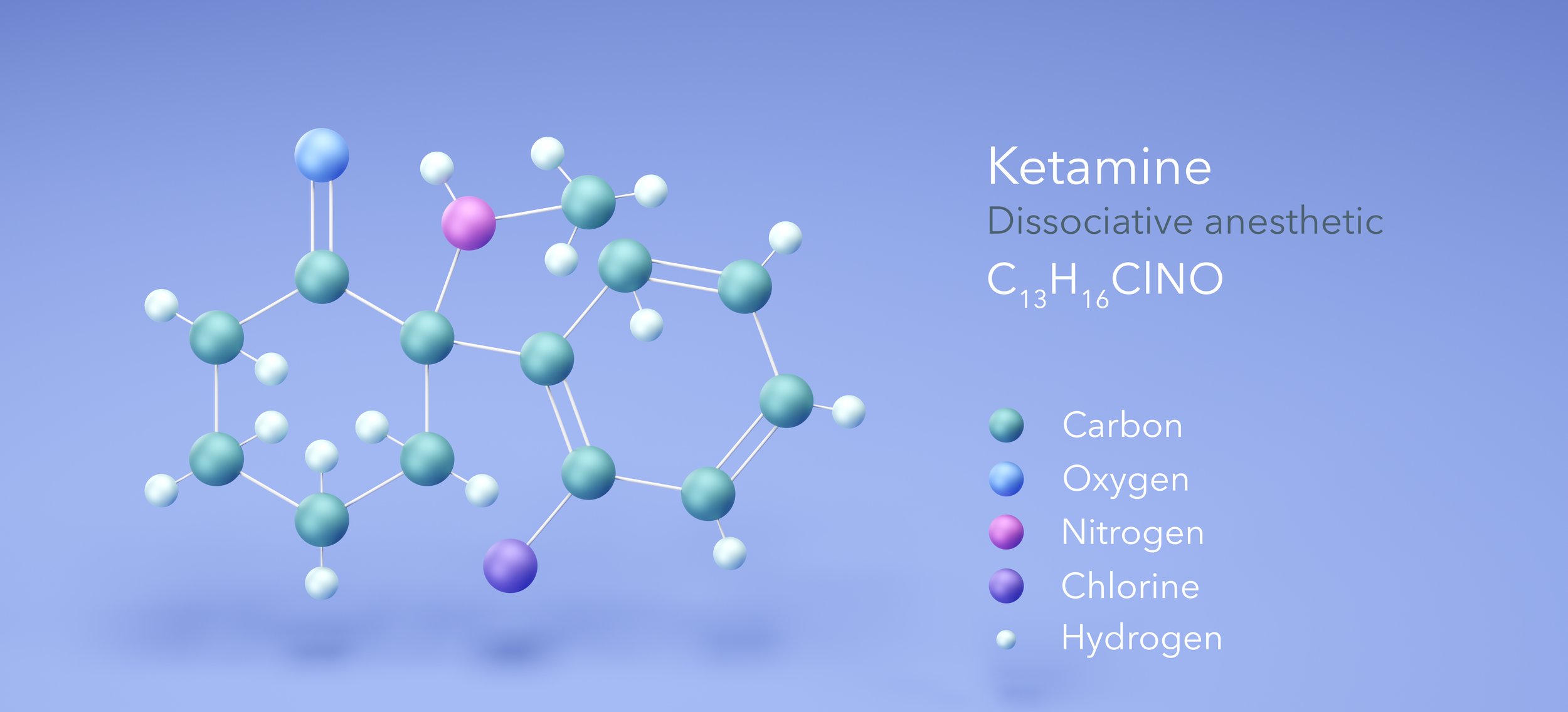Psychedelic Assisted Therapy
Psychedelic Assisted Therapy (PAT) Overview
After working years with clients who made great progress in therapy but there was still something “unreachable” in their ability to really grow through therapy, as well as my own person journey with healing, It was evident that psychedelics was a way to touch the untouchable, to heal in a more profound way and polish up what was still murky. After experiencing profound healing for myself, I believed and lived the benefits of Psychedelic Assisted Therapy (PAT) and became certified in this modality of treatment. I have since been offering this to my clients with some profound benefits.
Psychedelic-assisted therapy involves using substances like psilocybin, MDMA, or ketamine in a therapeutic setting to help treat various mental health conditions. The therapy typically consists of several stages:
Preparation: Clients undergo initial assessments to establish therapeutic goals and build rapport with the therapist.
Psychedelic Session: During the session, clients consume the psychedelic substance in a controlled environment. I support them through the experience, often using techniques like mindfulness and guided imagery.
Integration: After the session, clients reflect on their experiences with me, discussing insights and emotions that arose. This phase helps them integrate the experience into their daily lives.
Ongoing Support: Continued therapy sessions may follow to reinforce learning and address any challenges.
Research indicates potential benefits for conditions like PTSD, depression, and anxiety, but it’s crucial to conduct these therapies under professional guidance due to the complexities of the experiences and legal considerations surrounding psychedelics. Would you like to know more about a specific aspect of this therapy and how it can assist you in your healing Journey? Please contact me and we can discuss what this might look like for your own healing journey.
Earners of this badge have successfully completed the Psychedelic-Assisted Therapy Training Program. This comprehensive program provided in-depth training in the preparation, dosing, and integration of psilocybin, ketamine, and MDMA. The course covered the historical context of psychedelic medicines, ethical considerations, and evidence-based best practices.
Ketamine
“I find myself in my worst states emotionally when I allow my darkest parts of self to become ME. They come disguised as great protectors, rulers of justice and truth; but given too much power, I crumble underneath. My dark parts are neurotic and controlling. Their intent is to protect my greatest wounds, my greatest fears-fear of abandonment, fear of rejection, fear of not enough; but pretell-in that protection, they push everyone I love away…including ME.” KD
Ketamine is not a true psychedelic, but rather a dissociative. The therapeutic powerhouse to help us separate parts of ourselves, examine them and realign them with our healthy parts of ourselves.
Psilocybin
If we fail to face our shadows, they will end up owning and possibly even destroying us.
Mushrooms vibrate and thrive from the darkness of the shadows, making them the ideal medium to guide us through our darkest shadows, to face them, to nurture them, to dance with them and appreciate them, and then to release them into the light. KD
In November 2022, Colorado voters passed the Natural Medicines Health Act (NMHA), a groundbreaking law to establish access to natural psychedelic medicine for adults 21 and older. The role-out includes initially utilizing Psychedelic mushrooms in therapeutic settings. Psychedelic mushrooms, particularly those containing psilocybin, stand out in psychedelic-assisted therapy for several reasons compared to other psychedelics:
1. Safety and Tolerability
Psilocybin mushrooms are generally well-tolerated, with few side effects and low toxicity. Studies suggest that they have a low potential for addiction, unlike some other psychedelics and psychostimulants.
They are associated with a predictable duration of action (4-6 hours), making the experience manageable within a therapeutic setting. This is shorter than LSD (8-12 hours), MDMA (5-10 hours) which can make psilocybin sessions logistically simpler to structure and more accessible for clients and practitioners alike.
2. Profound Mystical and Emotional Experiences
Psilocybin mushrooms often lead to mystical experiences characterized by ego dissolution, feelings of unity, and connectedness. This depth of experience is thought to play a key role in the therapeutic benefits, such as improved mental well-being, greater life satisfaction, and decreased depression or anxiety.
These experiences often bring a unique combination of introspective and emotional revelations that can reveal core beliefs and traumas, allowing patients to gain insights and build emotional resilience.
3. Neuroplasticity and Lasting Therapeutic Effects
Many studies highlight that even a single psilocybin session can yield long-lasting positive outcomes, with effects persisting for months or even years after the session. This durability is significant, as it suggests that intensive, prolonged treatment may not be necessary, lowering barriers to access.
In studies, psilocybin has been compared to SSRI resulting in similar efficacy in regard to passive coping by increased tolerance to sources of stress but stands out above traditional SSRI’s in that psilocybin actually has been shown to mediate active coping (actively addressing source of stress).
Additionally, psilocybin has been shown to increase neuroplasticity, which may help break maladaptive thought patterns associated with depression, anxiety, and PTSD. The heightened neuroplasticity can facilitate long-term shifts in perception and self-concept, aiding integration work post-session.
4. Spiritual and Cultural Connections
Psilocybin mushrooms have a long history of use in spiritual and cultural ceremonies, especially among Indigenous communities in Central and South America. This cultural heritage provides a grounded framework for therapeutic use, offering archetypal narratives that can help patients make sense of their experiences.
The spiritual connection often experienced with psilocybin can be especially beneficial for those seeking a sense of purpose or healing at a more existential level.
5. Suitability for a Range of Conditions
Psilocybin therapy has shown promise across various mental health conditions, including treatment-resistant depression, anxiety (especially in terminally ill patients), PTSD, and addiction (e.g., alcohol and smoking cessation). This broad applicability makes psilocybin a versatile tool in psychedelic-assisted therapy, potentially reaching a wide range of individuals seeking alternative healing approaches.
6. Gradual Onset and More Predictable Journey
The onset of psilocybin mushrooms tends to be gradual and more predictable, allowing therapists to guide patients through the initial stages of the experience and address any anxiety that arises early in the journey. This stability can make psilocybin more accessible, especially for patients new to psychedelics or apprehensive about the intensity of the experience.
7. More Accessible and Natural Option
As a naturally occurring psychedelic, psilocybin mushrooms can sometimes be perceived as a more accessible and “natural” option, which appeals to individuals seeking plant-based therapies.
By providing a manageable duration, predictable effects, and a versatile therapeutic framework, psilocybin mushrooms uniquely balance accessibility with profound therapeutic potential. When working with me and mushroom medicine I will offer a range of therapeutic services that are tailored to support your individual healing, self-discovery, and growth needs. By guiding you through this journey in your home, I find it creates a safe, supportive environment that allows clients to process and integrate the insights gained from their psilocybin experience.



